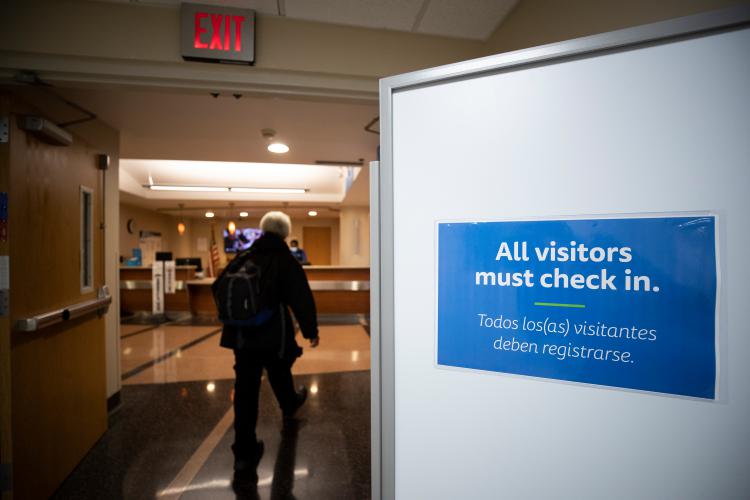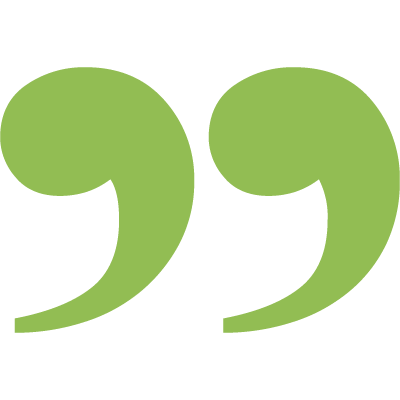
One of the toughest parts of being a COVID-19 patient, besides being sick, is being stuck in a hospital room away from your family and friends for a lengthy period of time as you recover.
JPS Health Network leaders have found a way to get patients back home earlier – or in some cases keep them out of the hospital altogether – as they return to health. By sending patients home with an oxygen supply and monitoring their blood oxygen level through the day, not only are patients more comfortable, but 1,200 days of inpatient stays have been avoided, opening hospital beds for patients who need them.
“There are multiple benefits of getting people home as soon as possible,” Dr. Steven Davis, pulmonary/critical care physician and Senior Physician Executive of Internal Medicine at JPS said about the JPS COVID-19 Home Monitoring Program. “Visitors are not being allowed in our COVID units and the caregivers there are dressed in enhanced personal protective equipment. So, there is a lot of isolation both physical and emotional. On the other end of the spectrum, there is a financial component. Lengthy stays at the hospital are expensive, so this is a cost effective way for patients to get the care they need.”
Currently, JPS has about 80 patients staying in the hospital’s COVID units, about 30 people are at home on the oxygen program. At a time when the demand for COVID beds has nearly doubled in a matter of two weeks, the new initiative has increased the number of available beds by more than one-third.

From Case Management, to the medical staff, to third-party vendors, this is something that required a real team effort. Collaboration and coming together for a good cause, it’s what we do best.

As COVID patients recover, Davis said the last thing they need to be able to be on their own again is a little bit of a boost of oxygen. While sending them home with oxygen and monitoring equipment might sound like a simple idea, working out the logistics was much more complicated, he said.
“We learned early on that people with COVID were going to need oxygen for a while,” Davis said. “There were those who didn’t need much oxygen to keep from being admitted to the hospital and those with the only thing keeping them in hospital was they still needed a little oxygen. The problem was their blood oxygen had to be 88 percent or lower to get their oxygen paid for (by insurance.) That’s a problem because 88 percent is getting low enough where you might not have a lot of reserve beneath that before their condition starts to plummet.”
Davis credited the JPS Finance Department with doing a fantastic job in negotiating with insurers and suppliers to secure oxygen for patients with up to a 94 percent blood oxygen level.
“The reason we were able to make this work was because of the collaborative culture at JPS,” said Rory McCrady, Vice President of Revenue Cycle at the health network. We started out with a concept that this was a way to address an urgent need due to a rise in the demands caused by the pandemic. When I got the request, the question was how do we get mobilized?”
McCrady and the finance team worked with oxygen vendors and insurance companies to come up with a plan that helped all the contributors more efficiently and effectively help patients. They then pre-stocked needed oxygen tanks and carts, pulse oximeters and other supplies. While there was some upfront cost, it has more than been offset by the savings realized from having patients in their home instead of a hospital bed.
Dr. Nadia Alawi, Vice Chief-Primary Care Operations, said it was gratifying to see so many people come together for the good of patients.
“From Case Management, to the medical staff, to third-party vendors, this is something that required a real team effort,” Alawi said. “Collaboration and coming together for a good cause, it’s what we do best.”
When they’re set up in their home, patients are contacted at least three times a day to monitor their condition.
“There are so many contacts with patients that if their oxygen needs start to go up, we have a chance to catch it and they’re admitted before things get out of hand,” Davis said. “Since this program started, we’ve had to admit several people. But we did it safely because we have a mechanism to catch people if their condition begins to worsen.”
Davis said the program, only about two weeks old, has worked so well that it will certainly be around to help patients in need of oxygen because of other reasons long after COVID-19 is in the past.
